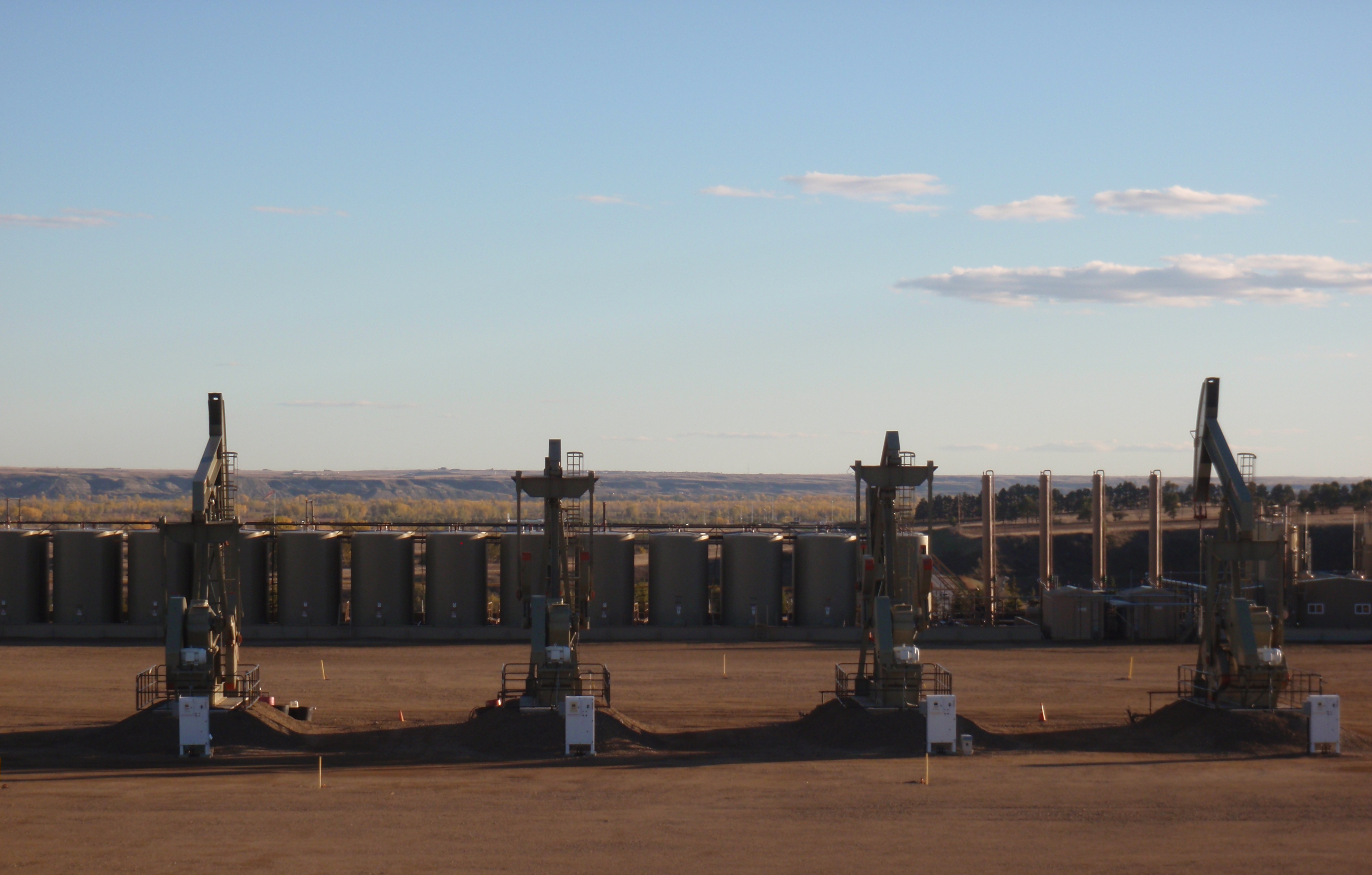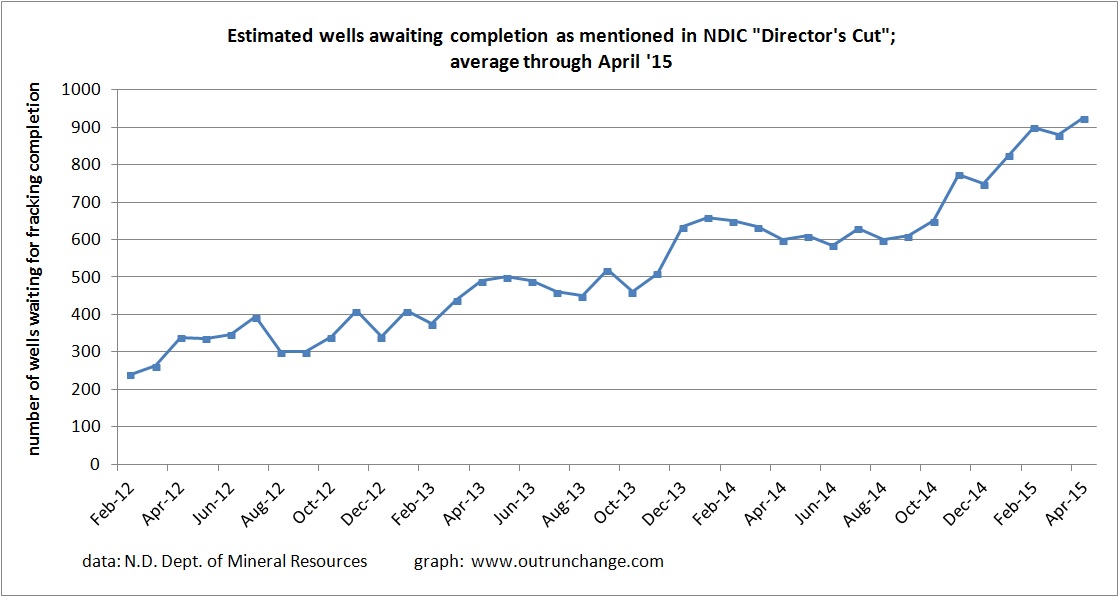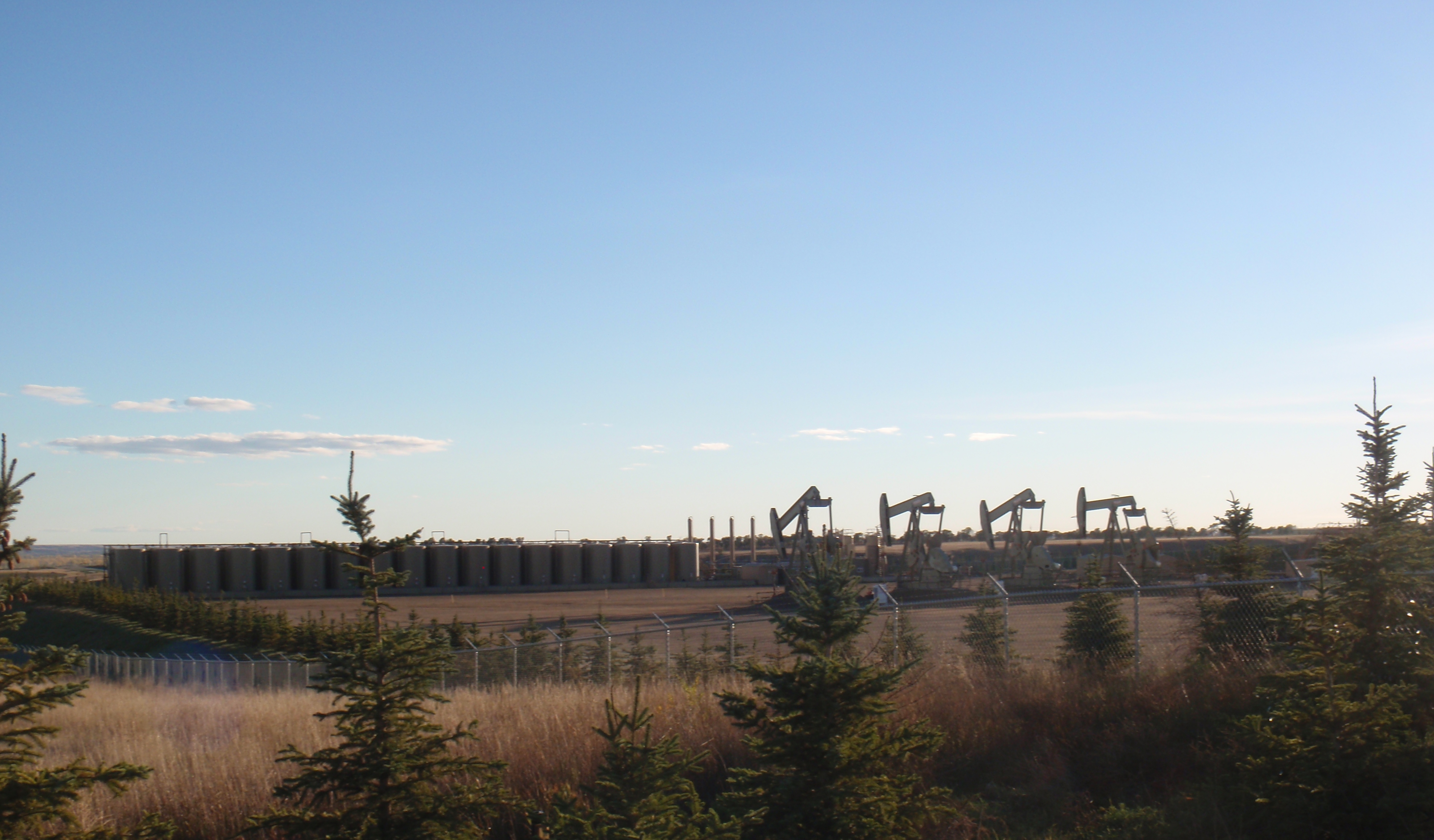This continues my pondering about the Overnighters program after watching the director’s cut of a documentary by the same name.
Your worldview controls how you view everything in the world
Your worldview filters everything you see and think. It drives how you interpret everything around you.
You take your worldview with you into every conversation.
Mr. Jesse Moss, who created, filmed, and directed the documentary, has stated several times in articles I have read that he is not a Christian. If I understood his comments correctly he is not a follower of any faith tradition. I do not state that to be critical in any way; I merely wish to identify his worldview.
In case it was not previously obvious, I will share with you that I am a Christian. In particular I worship in a denomination that is a part of the Protestant community. I do not hesitate to say that my worldview filters everything I see and how interpret everything around me.
Back to the documentary.
What was the pastor’s motivation?
Continue reading “Thoughts about the Director’s Cut from The Overnighters documentary – part 2”




